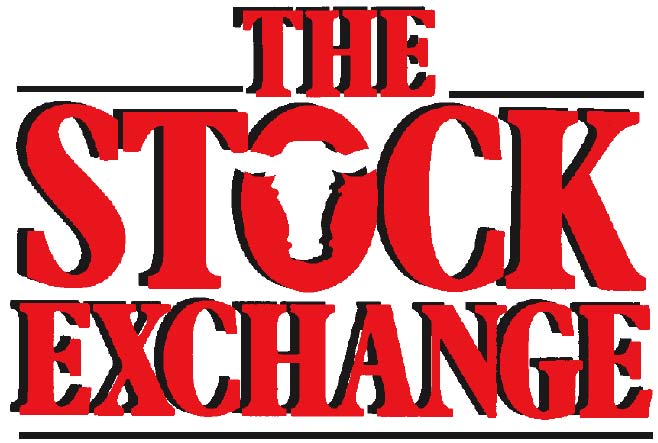Open and Late Calving Cows: The Conundrum
Garth Ruff, Beef Cattle Field Specialist, OSU Extension Figuring out why we have a late calving female is important when deciding to keep or cull. Being that most of the spring calving cow herds in Ohio and beyond have calved, and breeding season is upon us, there is a cow conundrum that we need to discuss. In the 9 or months that I have been in this position, my favorite questions to answer…
